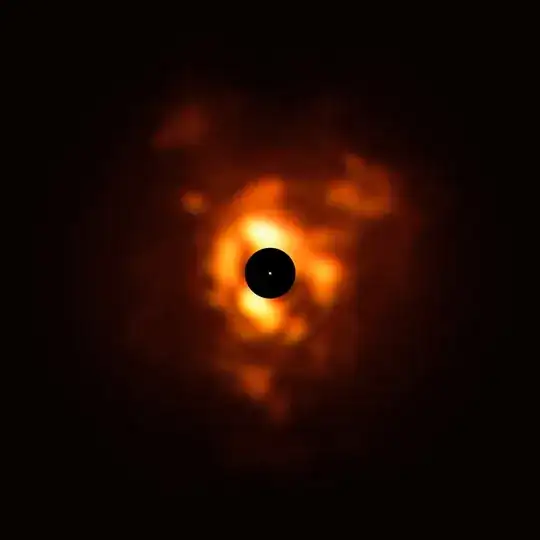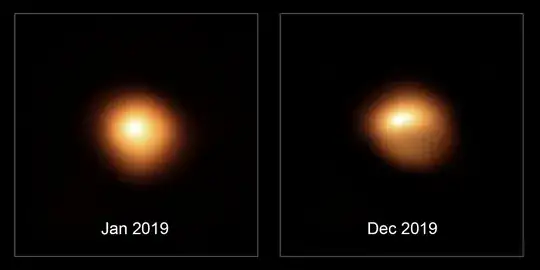I have not seen any particular work that suggests Betelgeuse is about to go supernova. As you say yourself, there are lots of alternate explanations, mostly involving what is going on in the outer atmosphere.
Massive stars approaching the ends of their lives do throw of large amounts of material in either radiation driven or dust-driven winds. This is certainly happening to Betelgeuse. The image below, taken in Dec 2019 by the VISIR instrument on the ESO/VLT at infrared wavelengths, shows previous episodes of dust excretion from the surface of the star. The black disc is just an obscuring element that allows better contrast around the star. The black disc is something like (I'm struggling to find exact information) 20 astronomical units in radius at the distance of Betelgeuse. The dust shells are very asymmetric, indicating that the mass loss is likely to be. Given that dust is ejected at speeds of 10 km/s, then the material imaged is the result of mass loss over the last few decades.

The little orange dot in the centre of the image above is the actual photosphere of the star itself. This has also been imaged (in the near-IR, with the SPHERE adaptive optics instrument) last year (in Jan 2019 and Dec 2019) and is shown below. The scale here is much smaller - the diameter of Betelgeuse is around 500 times that of the Sun, so it would engulf the orbit of Earth around the Sun if on our own solar system. This shows asymmetric dimming of the photosphere and might be due to giant spots on the surface or indeed asymmetric dust generation.
The ESO press release with these images can be found here.


